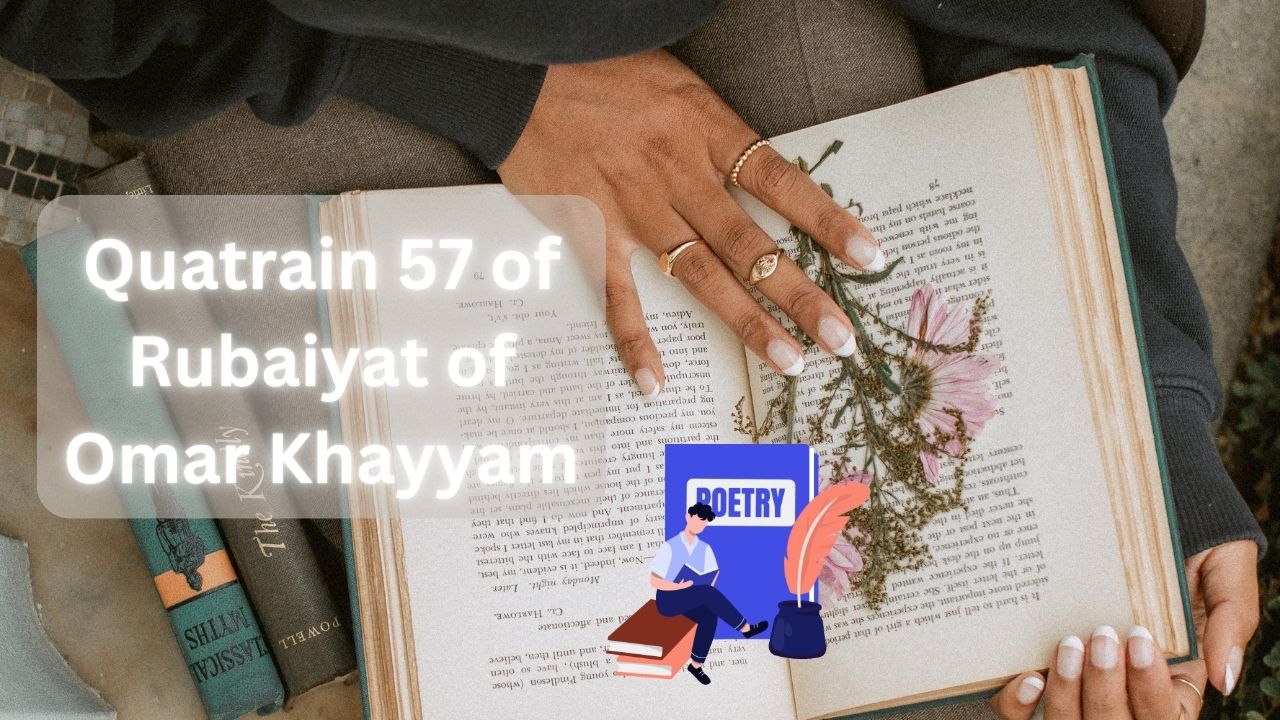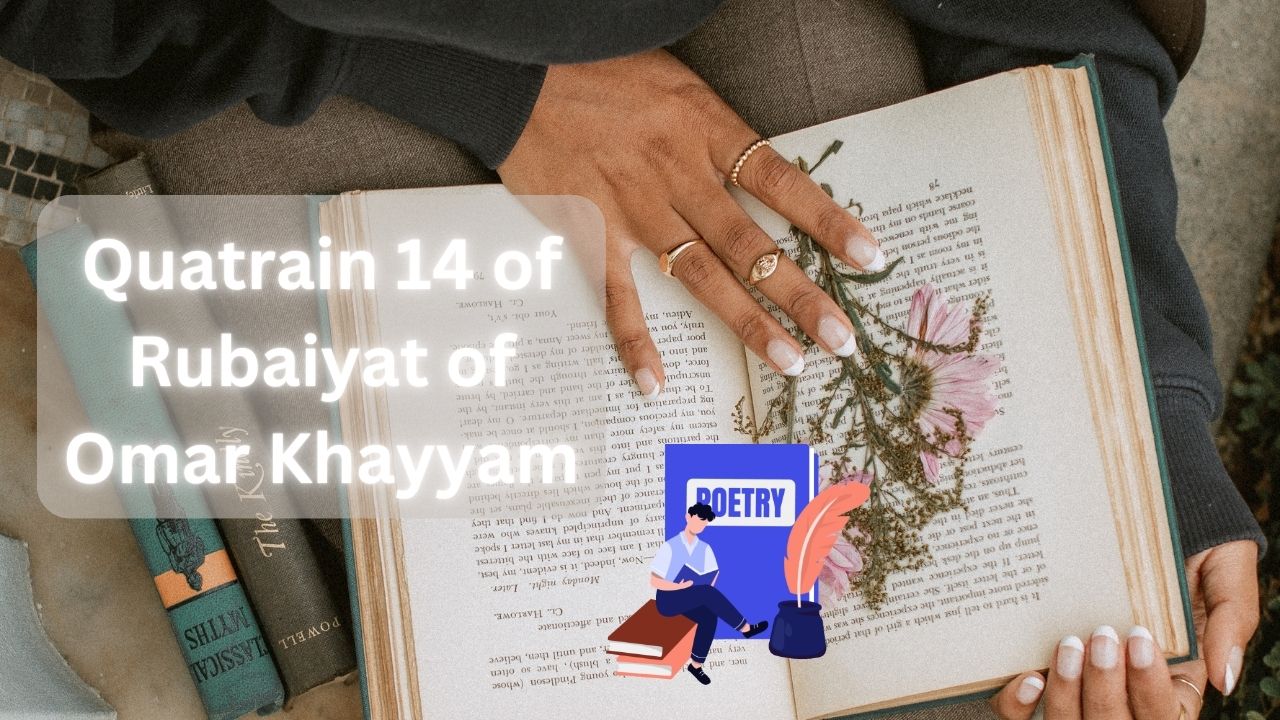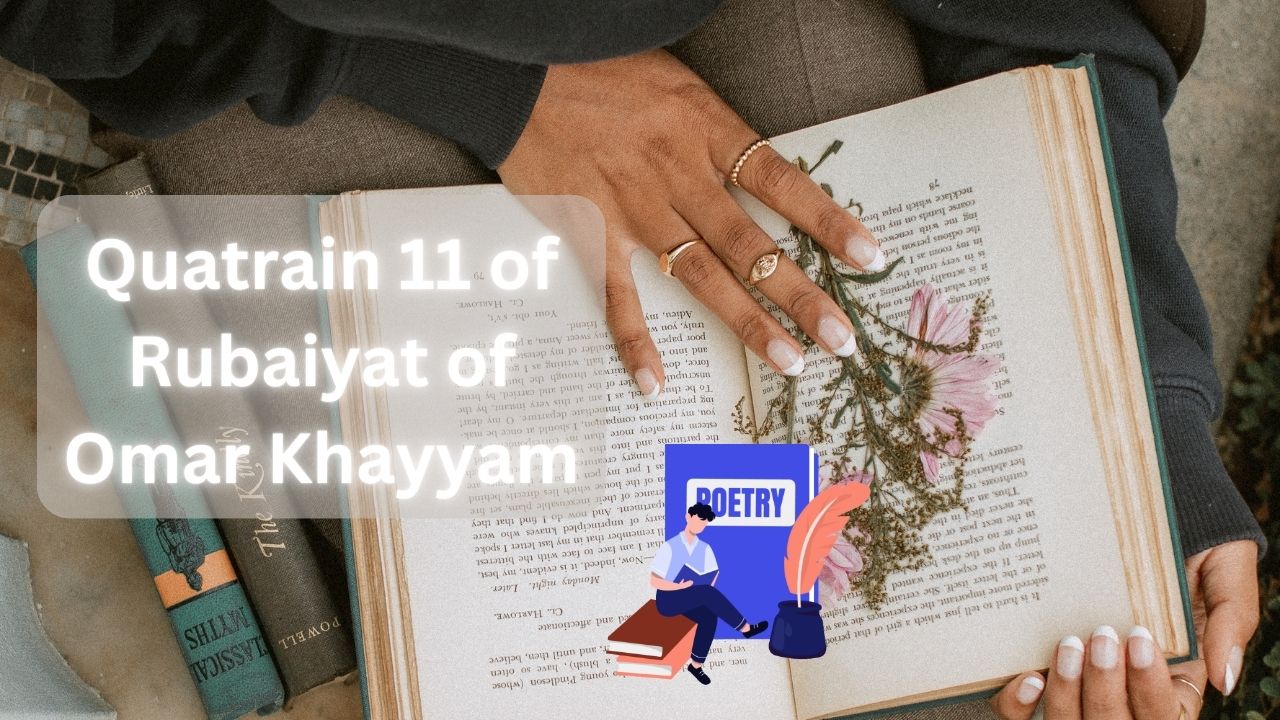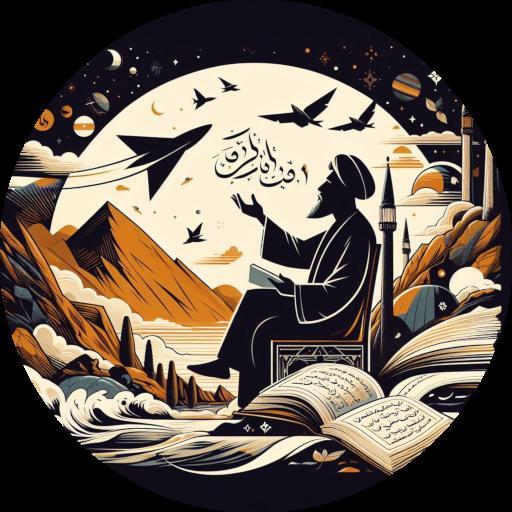In this post we want to discuss Khayyam’s Rubaei number 57, when he says:
آنکس که زمین و چرخ و افلاک نهاد
The One who set the Earth and the Heavens in motion,
Many a wound did He place upon the heart of the sorrowful.
With lips like rubies and tresses fragrant as musk,
He placed them in the drum of the Earth and the box of dust.
This poem reflects the awe-inspiring power of creation and the delicate balance between beauty and suffering. Khayyam’s words evoke a sense of wonder and contemplation about the mysteries of existence. He is upset that after a fruitful life with beauties, our final house is dirt.
The verses evoke a sense of both beauty and melancholy, reflecting on the impermanence of life and the passage of time. Let’s get deeper into the meaning:
-
“Before the One who set the Earth and the Heavens in motion,”
-
This line acknowledges the divine creator, emphasizing the grandeur and power behind the universe’s existence.
-
It sets the stage for contemplation about life’s purpose and the transient nature of all things.
-
-
“Many a wound did He place upon the heart of the sorrowful.”
-
Here, Khayyam suggests that suffering and heartache are inherent in the human experience.
-
The wounds symbolize the pain caused by love, loss, and the impermanence of beauty.
-
-
“With lips like rubies and tresses fragrant as musk,”
-
These vivid descriptions evoke images of beauty and desire.
-
The reference to “lips like rubies” and fragrant tresses highlights the allure of physical beauty.
-
-
“He placed them in the drum of the Earth and the box of dust.”
-
This metaphorical imagery contrasts with the previous lines.
-
The “drum of the Earth” and the “box of dust” represent mortality and decay.
-
Despite their beauty, all things eventually return to the earth, becoming part of the cycle of life and death. And this is sad!
-
Khayyam’s poem invites us to reflect on the fleeting nature of existence, the bittersweet moments of love, and the inevitability of mortality. It’s a timeless reminder to appreciate beauty while acknowledging its impermanence.
Indeed, the impermanence of life can evoke a profound sense of melancholy. As humans, we grapple with the transient nature of existence, the fleeting moments of joy, and the inevitability of mortality. The beauty we encounter—whether in love, art, or the natural world—often feels like a fragile gift, slipping through our fingers like fine sand.
Omar Khayyam, the Persian poet, mathematician, and philosopher, captured this sentiment beautifully in his verses. His words remind us that life is a delicate balance between joy and sorrow, creation and decay. Let’s revisit the poem again:
آنکس که زمین و چرخ و افلاک نهاد
بس داغ که او بر دل غمناک نهاد
بسیار لب چو لعل و زلفین چو مشک
در طبل زمین و حقهٔ خاک نهاد
In these lines:
-
Khayyam acknowledges the divine creator who set the Earth and the Heavens in motion.
-
The wounds placed upon the hearts of the sorrowful symbolize the pain of love and loss.
-
Beauty, like lips resembling rubies and fragrant tresses, is placed together with the drum of the Earth and the box of dust—the ultimate fate of all things.
While the cycle of life and death can be heartbreaking, it also invites us to cherish each moment, to find meaning in connection, and to create something enduring—even if it’s just a few lines of poetry.





